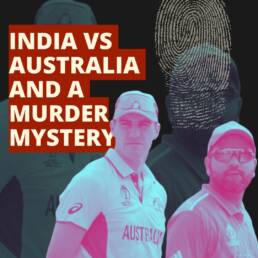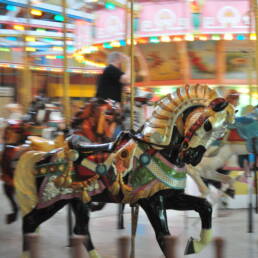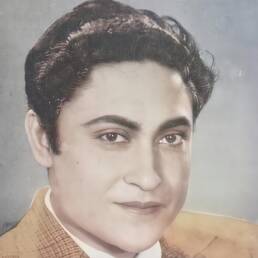What could the Kohinoor Gem and a Premier League Football Club possibly have in common? A grand world event hosted by the British wouldn’t have crossed your mind.
The British Empire was a vast Commonwealth accounting for 0.87% of the Earth’s land map. Despite itself, at its largest, the Empire covered a colossal 25% of the world. The magnificent empire was perhaps best encapsulated by one building, a building like no other. A building which, like the empire today, no longer exists.
Built on brutality, xenophobia and outright economic sabotage, the air of British superiority grew as decades passed. It was decided in the 1840s that nothing short of an extraordinary show of magnificence was required to underscore their ‘greatness’.
Thus was born the first Great Exhibition which aimed to showcase the world of industry from various countries. In the past, the French hosted a series of smaller exhibitions in Paris between 1798-1849. They had proven to be enormously successful. Naturally, the British had to out-do their neighbors.
Sir Joseph Paxton built a giant glass and iron structure in London’s Hyde Park where the first Great Exhibition was to be hosted. The structure was nicknamed the ‘Crystal Palace’ and it epitomized Victorian era Britain as a symbol of power and imperialism.
On May 1, 1851, the Great Exhibition opened to huge fanfare. Among the noted individuals present at the opening ceremony were Queen Victoria, Charles Dickens, Charles Darwin, Charlotte Bronte and William Makepeace Thackeray. In total, more than 10,000 objects, from more than 14,000 exhibitors around the world, were displayed at the Great Exhibition. Britain made sure to occupy half the exhibition slots, just in case there was any doubt as to who were the stars of the show.
Of the items displayed, the most talked about was the Kohinoor. It had already made a fairly long journey from the Mughal court to Persia to Afghanistan – from Maharaja Ranjit Singh’s durbar in Punjab to the Great Exhibition in Hyde Park, London.
On March 29, 1849, the 10-year-old Maharaja of Punjab, Duleep Singh, finally yielded to months of British pressure and signed a formal act of submission. This document later came to be known as the Treaty of Lahore. At the same time, young Duleep was induced to hand over, to Queen Victoria, arguably the single most valuable object in, not just Punjab but, the entire sub-continent: the Kohinoor (‘Mountain of Light’).
The Exhibition was a huge success and lasted for 5 and a half months with an average daily attendance of 40,000. According to noted historian and writer, WIlliam Dalrymple, Kohinoor being named the ‘Gems of Gems’ was a British creation. To brag about their conquest, they consciously put it on show at the Great Exhibition as a symbol of what they had taken from India.
After the ‘Greatest show on Earth’, the Crystal Palace was moved to Sydenham Hill in south-east London. On November 30th, 1936, the palace caught fire and was burned to ashes. It is said that the glow from the fire that night could be seen in France, over 100 miles (around 175km) away.
The Crystal Palace Football Club in London gets its name from the glass building first erected for the Great Exhibition of 1851. The current Club Crest/ Badge still has this structure.
Sources:
- https://www.amazon.com/Koh-i-Noor-History-Worlds-Infamous-Diamond/dp/163557076X
- https://www.thehindu.com/news/national/Great-Exhibition-of-1851-made-Kohinoor-the-most-famous-diamond-Dalrymple/article16833367.ece
- https://theathletic.com/3441904/2022/07/30/arsenal-united-hotspur-rovers/?source=user-shared-article




